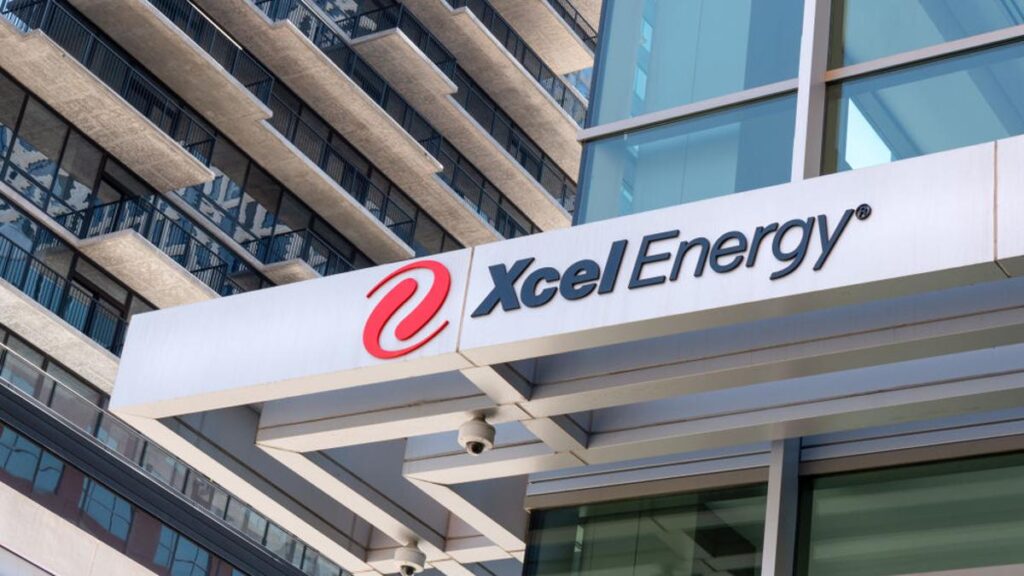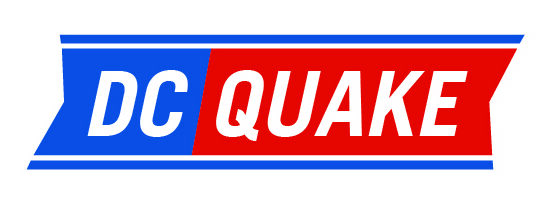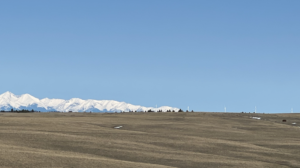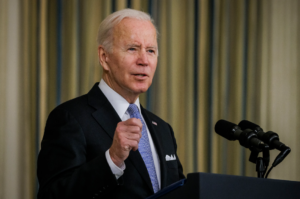Xcel Energy joins Western push for next-generation nuclear power
4 min read
Back when I was an energy and environmental reporter, I took some time away from the newsroom to accept a fellowship with the American Political Science Association. The fellowship placed me on Capitol Hill, where I worked on climate change and energy issues in the U.S. House of Representatives.
My boss was former Congressman Wayne Gilchrest, a Maryland Republican who was working with the late Sen. John McCain on legislation to start reducing U.S. carbon emissions. It was 2007, and McCain was about to enter the Republican primary for president.
Before working on climate legislation directly, I hadn’t thought much about nuclear power. But McCain soon changed that.
“Nuclear power is going to have to be part of any equation if we’re truly going to reduce greenhouse-gas emissions,” the senator told Grist in a 2007 interview.
Almost 15 years later, these words still ring true.
Yes, the U.S. has made excellent progress reducing emissions by substituting natural gas for coal in power generation, and by dramatically expanding the role of renewables like wind and solar on the electrical grid. But the next phase of the energy transition will be tougher.
We will need a wider selection of technologies, including nuclear, which already produces roughly half of the nation’s carbon-free electricity with very little fanfare.
But here’s the good news: Western states are leading a new wave of nuclear energy development and Colorado’s largest utility company – Xcel Energy – is supporting the effort.
In mid-August, Xcel and NuScale Power – a developer of small modular reactors – announced they are exploring the feasibility of new nuclear projects. Xcel, which operates across eight states including Colorado, already owns two large nuclear plants in Minnesota.
In 2018, Xcel set itself a goal of 100% carbon-free electricity by 2050. The utility company plans to meet 80% of that goal by 2030 using technologies that are, for the most part, commercially available today. But how Xcel will achieve the final 20% is still taking shape.
“When I look beyond 2030, that last 20% will take different technology and it could be the next generation of nuclear,” Ben Fowke, Xcel’s executive chairman, said last year.
Xcel is also eyeing large-scale batteries, which can store electricity from wind and solar for use at any time of day, along with power plants that run on hydrogen and other technologies that are still in development.
Xcel’s work with NuScale follows strong moves by Western states on next-generation nuclear.
For example: NuScale already has an agreement to build new reactors for Utah Associated Municipal Power Systems (UAMPS), a utility that provides electricity to dozens of communities in six Western states.
UAMPS is looking to build between four and 12 NuScale reactors, each with a capacity of 77 megawatts, at the U.S. Department of Energy’s Idaho National Laboratory in Idaho Falls. By comparison, individual reactors at today’s nuclear plants typically have capacities closer to 1,000 megawatts each.
The NuScale-UAMPS project would replace electricity from coal-fired power plants that are due for retirement.
Along those same lines, another developer of next-generation nuclear plants – TerraPower – plans to build a 345-megawatt reactor in Wyoming to replace a retiring coal-fired power plant.
TerraPower will partner with utility company PacifiCorp to build the project at one of four potential locations where existing coal plants are due to close.
Repowering an existing plant with a different fuel source makes good business sense, because it uses existing transmission lines and other costly infrastructure that’s already in place. But it also preserves local jobs and the tax base of communities that would otherwise see major economic losses.
This approach doesn’t just apply to new nuclear reactors, either. Large-scale solar and wind projects and combined-cycle turbines that run on natural gas and hydrogen are other examples of low- and zero-carbon sources of electricity that can be connected to the power grid where coal plants stand today.
To be sure, some advocates for aggressive climate action don’t support nuclear, and only want to see technologies like wind and solar expand their presence on the power grid. But given the scale of the challenge ahead, we are going to need all the low- and zero-carbon sources we can get.
In addition to decarbonizing the electricity used by homes and businesses, utility companies are also bracing for a massive expansion of electric vehicles. That could increase the overall need for electricity in the U.S. by 50% or more over the coming decades.
Building a cleaner, and much larger, power grid over the coming decades is a massive task. To succeed, we will need a wide range of sources, all pulling their weight, and all competing with one another, to provide the cheapest, cleanest and most reliable electricity possible.
Betting the farm on a small number of technologies or even just one technology only increases the risk of failure. Thankfully, however, Western states are making sure many different technologies – including nuclear – will continue to drive the energy transition.
This article was originally posted on Xcel Energy joins Western push for next-generation nuclear power





